In an increasingly digital and competitive world, company software is at the heart of daily operations. However, many businesses continue to use outdated applications that no longer receive updates or official support. While this may seem like a cost-saving solution in the short term, the real costs of obsolete software can be far higher than expected.
1. Security Risks
Outdated software no longer receives security updates, leaving the company vulnerable to viruses, malware, and cyberattacks. A single breach can result in:
- Theft of sensitive data;
- Extended operational downtime;
- Legal penalties in case of regulatory violations, such as GDPR.
The cost of an attack can easily exceed the price of a modern, supported license.
2. Reduced Efficiency and Productivity
Old applications tend to be slow, unstable, and incompatible with modern systems. This leads to:
- More time spent completing daily tasks;
- Frequent errors that require manual intervention;
- Difficulties integrating with newer tools, such as cloud platforms or automation solutions.
The resulting loss of productivity represents an often underestimated indirect cost.
3. Hidden Maintenance Costs
Outdated software often requires extraordinary interventions by the IT department or external consultants. These costs include:
- More frequent technical support;
- Customizations and workarounds to make incompatible systems function;
- Additional time spent solving problems that would not occur with updated software.
4. Impact on Competitiveness
A company that continues to use outdated software risks falling behind the competition. Obsolete applications limit:
- Adoption of new technologies;
- Real-time data analysis;
- Ability to quickly respond to market changes.
Updating software also allows companies to leverage advanced features, improve collaboration, and provide faster and more reliable service to clients.
5. Conclusion
Outdated software may seem like a cost-saving choice, but the real costs are often hidden: security risks, operational inefficiencies, hidden maintenance expenses, and loss of competitiveness.
Investing in up-to-date, supported solutions is not only a preventive measure but a strategy to ensure business continuity, security, and growth.
Relying on expert professionals in software management and updating, such as EPA System, helps optimize resources, reduce risks, and prepare the company for future digital challenges.







